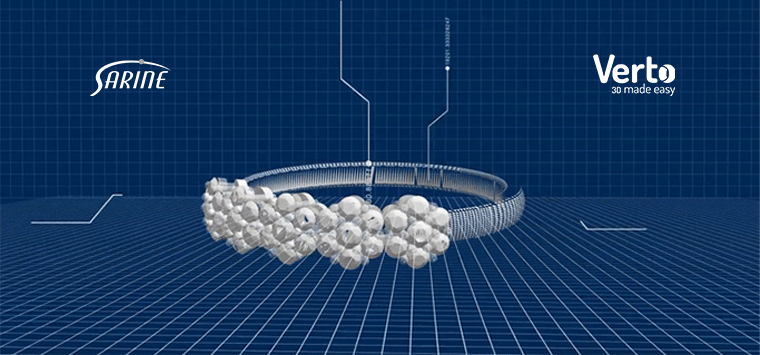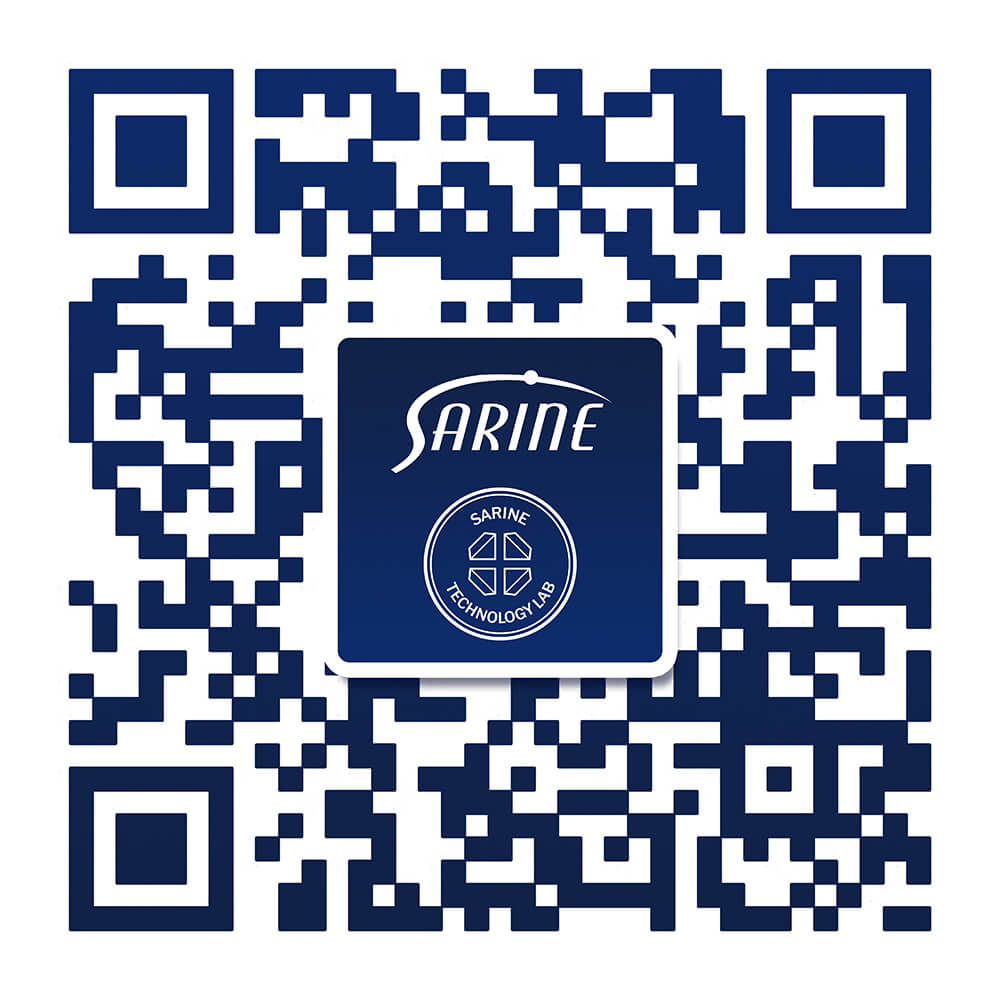The world has gone digital, well and truly. From smartphones to smart homes, online shopping,
GPS and banking apps, there’s no turning back. And now, it’s happening in jewelry retail too.
But to understand where we are, let’s start at the beginning. The diamond and jewelry industry
is, in fact, an ancient one. The concept of decorating the body with jewels and precious metals
is as old as human recorded history. Even in modern times, the jewelry industry maintains its
powerful character of tradition and meaning. After all, jewelry purchases are tied to some of the
biggest emotions and events in a person’s life - engagement, wedding, anniversary, new baby
and birthdays.
Jewelry is an expression
In many ways, jewelry is about making a statement. “We’re engaged!”. “Thank you!” “I love you”.
And in a growing market of women purchasing jewelry for themselves, even “I love me!”
But jewelry is also about telling a story. That story is personal and unique for everyone, and in
order to build a connection with the customer, the story must resonate with authentic power.
Sounds challenging? It might just be the biggest challenge that jewelry retailers face today.
How to connect customers to jewelry
Living as we do in a digitized society, today’s consumers have become accustomed to certain
habits. Like screens. According to Forbes, we spend up to 12 hours a day in front of TVs and
computers. And information - today’s adult is exposed to 5 times for information than they would
have been 50 years ago.
And we are becoming highly accustomed to visual information - images, gifs, and videos. It
takes just 13 milliseconds for people to identify images, and 65% of people are ‘visual learners’.
In merchandising, and particularly in the jewelry industry, where visual beauty and appeal are
everything, going visual and digital is the only solution to effective storytelling and presentation.
Sarine + Verto - Simple yet sophisticated, just what jewelry retailers need
With the support of digital tools and technologies, jewelry retailers today can provide the experience and emotional connection that modern consumers crave. And it doesn’t have to complicated or cumbersome. Sarine partnered with startup Verto who developed a fast, simple 3D jewelry imaging tool that’s based on world-class artificial intelligence technology, yet can be used by any jeweler who owns a regular mobile device - and that means everyone!
The Verto app provides jewelry retailers with a sophisticated range of features to generate an advanced 3D portfolio of jewelry images by simply scanning jewelry pieces with a smartphone.
There is no need to invest in complex technology or outsource to expensive art studios to create 3D, digital and dynamic jewelry catalogs, including interactive 360-degree spin, dynamic customization with various metal and jewel types and colors, and even jewelry imaging on a model. Check it out:
Some might say that the jewelry industry is a conservative one - but is it
true any longer?
Steeped as it is in tradition, perceived as a luxury goods market, the jewelry industry has been
in some ways slower to move with the times. The debate between brick-and-mortar and online
jewelry selling is still ongoing. However, it’s already 2020, and like all industries, jewelry and
watch sales are continuing to grow online at an extraordinary rate - in 2019 alone, there was a
jump of 2.9%. When Sotheby’s recently announced their “record breaking” sales figure of $4.7
billion in the past decade, they attributed it to “an ever-expanding globalized audience and
propelled by the digital revolution”.
When we hear the words “digital revolution”, it sounds like robots, driverless cars, and complex
networks. But in fact, with Sarine and Verto, the most advanced and effective jewelry retail
technology is in the palm of every jeweler’s hand.





-1.jpg?width=310&name=blog_image%20(003)-1.jpg)





